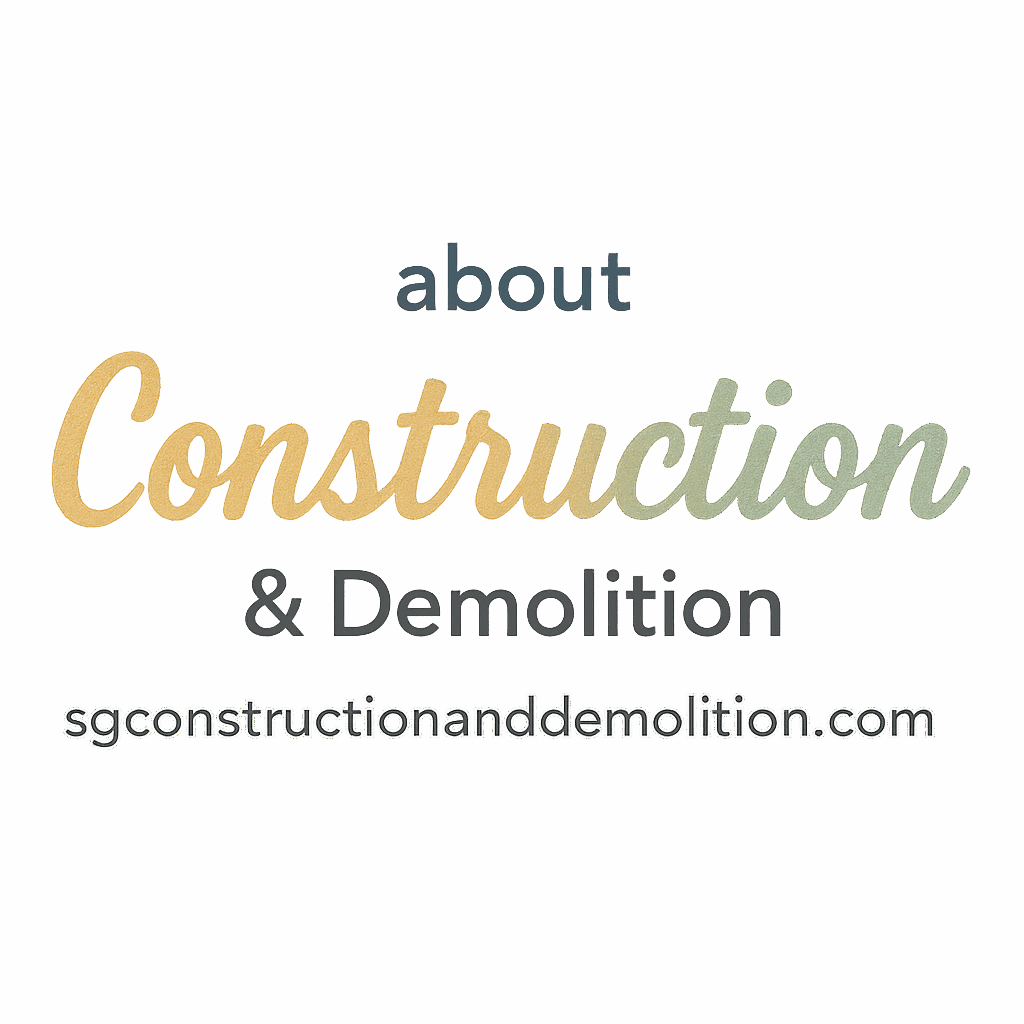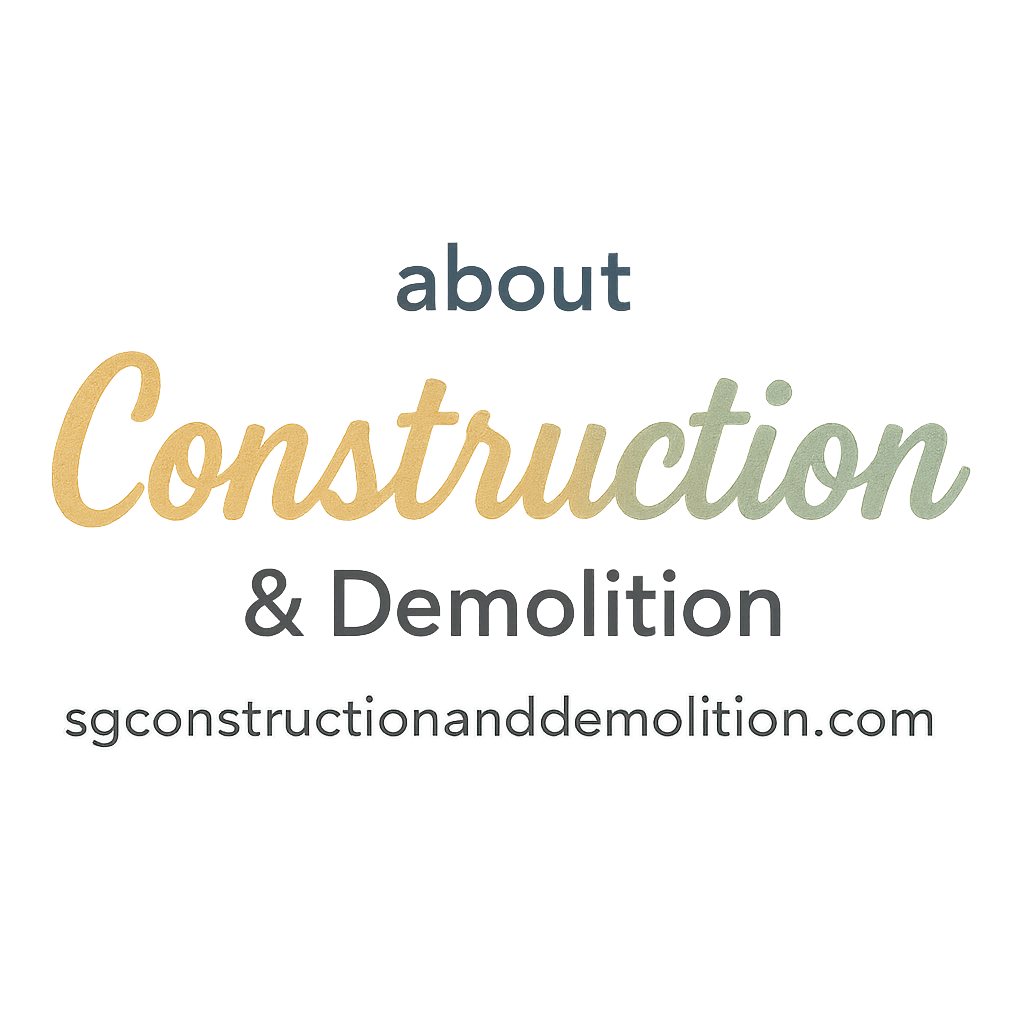Building something from the ground up isn’t just about bricks, cement, and cranes. It’s a carefully coordinated dance of planning, precision, and execution. Whether you’re a curious homeowner, a budding contractor, or someone diving into construction for the first time, understanding the key phases of the construction process is like getting a backstage pass to how projects come to life.
Let’s break it down — phase by phase — in a way that’s easy to understand and actually useful.
Introduction
Construction isn’t a one-size-fits-all operation. But at its core, every successful project follows a standard sequence of stages. These stages are essential in ensuring safety, efficiency, and cost-effectiveness. In this guide, we’ll explore the 6 key phases of the construction process — from the first sketch to the final handshake.
Oh, and if you’re just starting out, be sure to check out this guide for construction basics — it’s gold for beginners!
Phase 1: Pre-Planning & Site Analysis
Understanding the Big Picture
Before anyone lays a single brick, there’s a mountain of groundwork — metaphorically speaking. This phase is all about research, approvals, and determining if the project is even viable.
Site Evaluation and Feasibility Study
You can’t just build anywhere. Soil type, drainage, slope, and zoning laws all impact where and how construction can happen. A thorough site assessment helps identify challenges early and minimize surprises later.
- Want to explore environmental and sustainable trends? Head to green smart trends for more.
Environmental Impact Consideration
These days, construction isn’t just about the “what.” It’s about the “how.” Reducing environmental impact has become a major player in pre-construction. This includes water management, local wildlife considerations, and pollution control.
Phase 2: Design and Blueprint Development
Collaborating with Architects and Engineers
This is where the vision starts taking shape. Architects dream it, engineers make sure it’s safe, and designers polish the look. Collaboration is crucial — and it saves a ton of headaches down the road.
From Concept Sketches to Construction Documents
Ideas are great, but on a job site, precision rules. That’s why detailed blueprints and construction documents matter. These include structural plans, MEP layouts, and even landscaping designs.
- Need help understanding the tools used here? Visit tools & equipment.
Role of Smart Tech in Modern Design
The industry is evolving fast. With smart tech tools like BIM (Building Information Modeling), VR walkthroughs, and 3D renders, planning is more intuitive and accurate than ever.
For innovation tips, check out our innovation tag.
Phase 3: Pre-Construction Planning
Obtaining Permits and Legal Clearances
No one wants to be mid-project when a city inspector shuts things down. Getting permits early — and understanding local regulations — keeps everything moving forward smoothly.
Explore our planning & safety section to dive deeper.
Budgeting and Timeline Forecasting
Money talks, right? This phase involves finalizing budgets, estimating timelines, and creating contingency plans in case things don’t go perfectly (because they rarely do).
Planning for Safety and Risk Management
A safe site is a productive site. Pre-construction is where safety plans, worker training, and equipment checks are locked in.
You might enjoy our deep dive into construction safety methods.
Phase 4: Procurement and Hiring
Choosing Contractors and Subcontractors
Selecting the right team can make or break your project. General contractors, electricians, plumbers — everyone plays a role. Vetting and hiring is critical in this stage.
Browse the contractor planning tag for helpful resources.
Sourcing Materials and Tools
Material costs can swing wildly, so this phase is about finding reliable suppliers and purchasing in stages. Quality control also comes into play — no one wants a cracked beam halfway through.
The Importance of Equipment Readiness
You’ll also want your tools in top condition. Learn more about power tools and heavy equipment before the build kicks off.

Phase 5: Construction Execution
Groundbreaking to Framing
Here’s where the magic happens — the actual build! Starting with excavation and foundation laying, then moving into framing and erecting structural components.
Check out our demolition techniques if your site needs clearing before you start.
Utility Installations and Systems Integration
Plumbing, electrical, HVAC, internet lines — these are the veins of your building. Getting them installed efficiently and safely is non-negotiable.
Explore all things electric to stay on top of essential systems.
Managing On-Site Challenges
Rain delays, supply issues, labor shortages — they happen. The secret to staying on schedule is flexibility and strong communication among your team.
Phase 6: Post-Construction & Handover
Final Inspections and Compliance Check
Before anyone moves in or uses the space, it must pass inspections. That includes fire safety, energy efficiency, and local code compliance.
Need a checklist for finishing steps? Check out our construction steps guide.
Client Walkthrough and Feedback
The handover isn’t just ceremonial — it’s an opportunity to ensure the client is fully satisfied. Address any punch list items promptly.
Maintenance Planning and Warranties
Once the build is complete, smart contractors provide maintenance guidance and warranties. This final touch ensures long-term satisfaction and builds reputation.
For myths about construction and common misunderstandings, visit our misconceptions and myths sections.
Conclusion
And there you have it — the 6 key phases of the construction process laid out in plain English. From that first “what if” idea to the final ribbon cutting, every step matters. If you’re stepping into the world of construction, knowing these phases gives you clarity, confidence, and control.
Whether you’re a newbie or a seasoned builder, remember: construction is more than just walls and nails. It’s vision, strategy, and a whole lot of teamwork.
For more resources, guides, and beginner-friendly posts, explore SG Construction and Demolition and our curated tags like beginners, trends, and techniques.
FAQs
1. What is the most important phase in the construction process?
All phases are critical, but pre-planning sets the foundation for everything else. If you skip or rush it, the entire project can suffer.
2. How long does each construction phase take?
It depends on the project’s size and complexity. Design might take weeks, while construction could last months or even years.
3. Do I need a permit for every construction project?
Yes — most municipalities require permits for anything beyond minor repairs. Always check local regulations.
4. Can I manage my construction project myself?
You can, especially for small projects, but having a project manager or experienced contractor is highly recommended.
5. What happens if a site fails inspection?
Corrections must be made, and the site will need to be re-inspected. It’s common and fixable, but delays can be costly.
6. What kind of tools are used in construction?
Everything from hand tools to heavy machinery. Learn more from our equipment tag.
7. How do I stay up to date with construction trends?
Easy — just follow smart tech trends and our blog on construction innovation.


